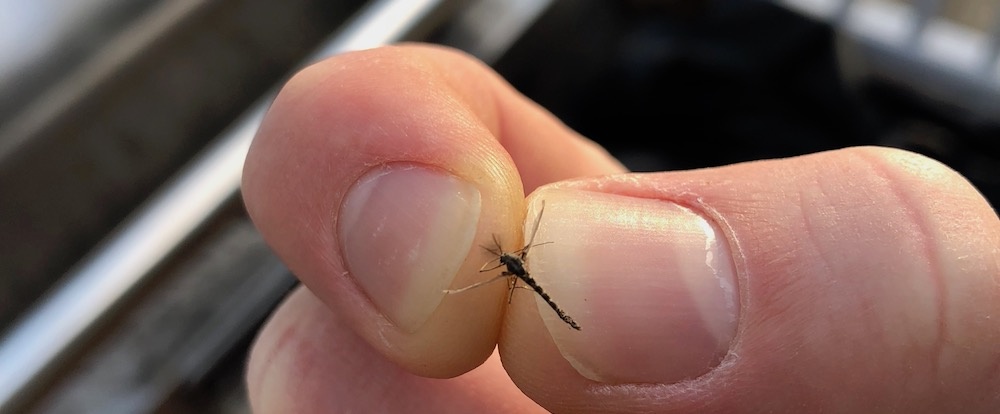
With a recent and welcome change in weather, New Englanders spent time doing yard work and dusting off their grills for the first time this past weekend. Many of which may have noticed they were not the only ones emerging from winter hiding. The bugs are back and sightings of swarms of mosquitoes may have you anxious. But before you retreat back inside, those swarms of mosquitoes might actually be a harmless doppelganger.
To the untrained eye, midges (Chironomidae) look extremely similar to their blood sucking counter parts, but in fact don’t bite or spread disease. Here are some key differences to note that will help you determine if you are at risk of attack or simply enjoying the weather with some likeminded flies.
- Midges gather in mating swarms – These clusters of flies usually gather over some distinct light-colored object or area, which can include porch furniture, automobiles and even humans. Mosquitoes will generally not congregate in clusters.
- Midges do not have proboscis – There is no biting probe that extends from the mouth where mosquitoes do.
- Abdomen – Midges have longer bodies than mosquitoes.
- Wings – Midges have smooth wings. Mosquitoes have scales on their wings that make their wings look like they have fringe along the edge.
- Fuzzy bills – Males have distinctive bushy antennae.
Midges are difficult to control with fogging or property spraying as new midges can emerge daily for several days. The good news is midges are mostly a temporary inconvenience.
So with the warmer weather looking like it’s here to stay, get outside and enjoy it, and call Pure Solutions for all your organic turf care, tick & mosquito control needs.
Happy outdooring!
*Note: There are also biting midges, but these are in a different fly family all together called Ceratopogonidae, and do not typically get confused as mosquitoes based on their appearance.

